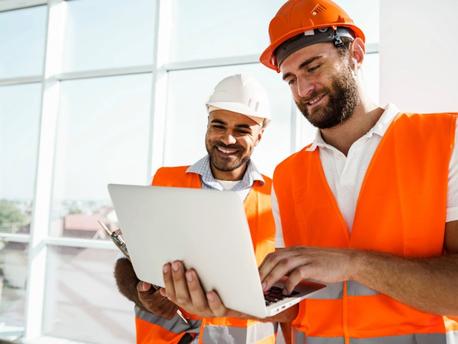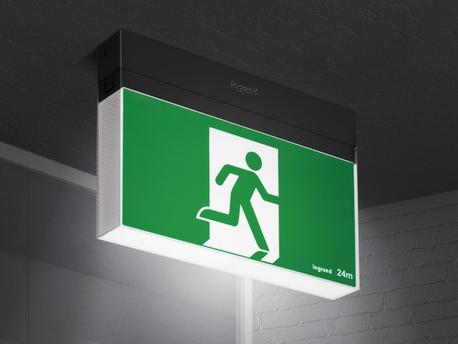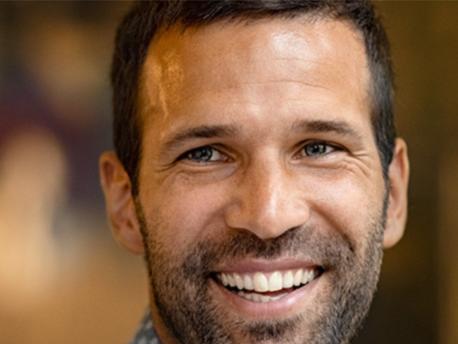
Your New Digital Experience is Here: Exploring Legrand's Customer-Centric Platform
Discover how our enhanced website transforms the way you research, specify, and source electrical solutions.We are excited to introduce our completely redesigned digital platform for the needs of our customers across Australia and New Zealand.This is not just a website refresh. It is a fundamental reimagining of how electrical consultants, contractors, builders, and wholesalers in…

Emergency Lighting: The Green Running Man Explained
All commercial and industrial buildings in New Zealand are required by law to have compliant emergency lighting. Tightly bound by standards and regulations, emergency lights indicate the nearest exit and provide sufficient illumination to guide occupants to safety in the event of a mains power failure.

Legrand Supports Local Manufacturing
At Legrand, improving lives through innovative, sustainable and simple solutions is our core purpose. Legrand is proudly manufacturing in the Sydney suburbs of Prestons, Ingleburn and Caringbah - providing jobs to hundreds of Australians.

Legrand Launches Circular Economy Recycling Program
Legrand aims to reduce the environmental impact of its products by promoting the circular economy, reducing the amount of materials used and promoting the reuse of materials.

HPM Launches New Digital Platform to Enhance Customer Connections
HPM – an iconic brand of the Legrand Group - has unveiled its new website designed to enhance product discovery and support for trade professionals and customers.

The Future is Here: Control your Home via Voice and App with Excel Life Smart, As Seen on The Block
Legrand’s Excel Life Smart range is transforming homes with sleek design and smart tech by Netatmo. From smartphone control and personalised scenarios to energy monitoring, it offers convenience, efficiency, and full home control. Featured on The Block, it’s helping Australians future-proof their homes with style and innovation.